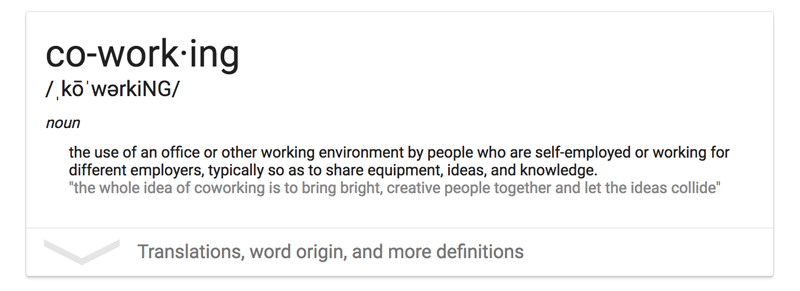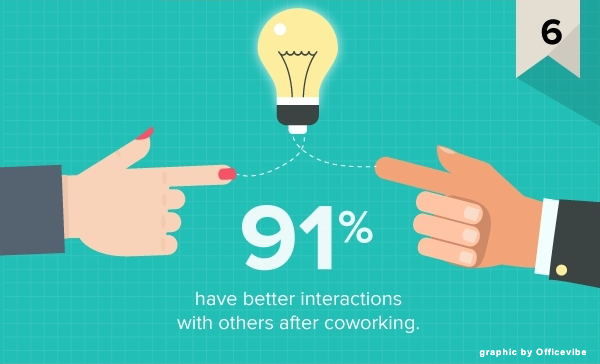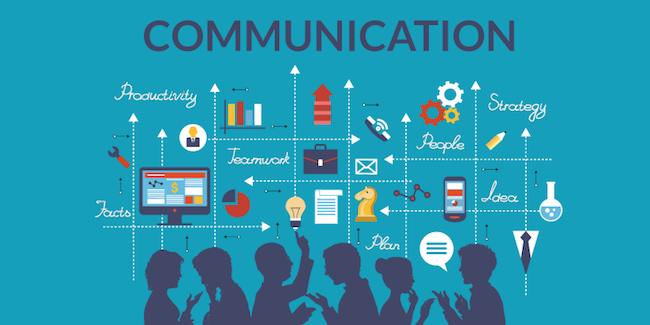Nobody talks about the dark side of remote working.
The gradual thinning of the work-home divide, constant connectivity, the nagging feeling of never being productive enough. The isolation, anxiety, and sometimes just downright loneliness. The struggle is real.
But, remote work is here to stay. By 2028, 78% of all companies will offer remote work. Not only that, but according to Buffer’s 2019 State of work report, 99% of all employees want to work remotely. And what's not to like about it? It's the perfect win-win scenario:
Your business could save up to $11,000 if team members worked from home for just half of the time.
Your team will definitely appreciate the increased flexibility and autonomy over their schedules, which ultimately translates to increased productivity and loyalty (as opposed to their office-bound counterparts).
There are even environmental benefits: This 2019 research by Global Workplace Analytics predicted that if half the workforce worked from home, the greenhouse reduction would be the same as taking the workforce of the entire state of New York off the road.
Sounds great, huh?
Only if you forget the flip side of the narrative.
The lack of community, The feeling of flying solo.
All day.
Every day.
The exacerbation of bad habits (hello, working in pajamas all day, all week?)
Did you know that people with close friends at work were seven times more likely to be engaged in their jobs, leading to higher customer engagement?
There is no ‘communal watering hole’ at home where one can experience that sense of community and belonging - and this can ultimately lead to lower professional performance, burnout, and more .
We humans are not meant to be isolated.
And have we mentioned distractions? The distractions at home are all minor, until you begin to add them up - the dog, the cat, the baby, the lawnmower, the neighbors' children playing ‘who can yell louder’ on the front lawn - the list is endless.
Even the weather can be out to get us.
What about the wonderful 2 hours of sunshine we get on winter days?
Seasonal depression and the winter slump can turn the remote worker into a hibernating sallow-skinned, vitamin D deficient husk of a human being.
But it’s not all doom and gloom!
There’s a solution - balance. Creating a perfect mix between the traditional office setting and a neighborhood coffee shop - providing the subtle hum of energetic, motivated, like-minded people with a "can-do" attitude while leaving out the lengthy commute, cubicle walls and those pesky fluorescent lights.
But how is this a solution?
(1)You only pay for space that you need (and get so much more)
If it's a desk you need, you'll get a desk - and a chair, and filing cabinets, and everything else you need to crush that pile of work that’s been giving you anxiety since last Monday morning. Your outfitted desk will be ensconced in a tastefully decorated space full of creative energy in a convenient location surrounded by restaurants, bars and more.
With large windows. Really large windows. Which, according to Fast Company offers the most important office perk - the ability to see outside.
You will also have none of the headaches associated with traditional leasing because thats all been taken care of by the coworking space, thus enabling you and your team to grow your business without a back-breaking lease.
(2) It’s all about the perks
Nothing kills that workflow quite like the interruption caused by a slow, spotty internet connection. And bad coffee.
Coworking spaces have reliable, high-speed Wi-Fi and many other business amenities such as printers, scanners, even conference and meeting rooms that can be yours by the hour whenever you need them.
And about that coffee. Most coworking spaces pride themselves on offering locally sourced coffee, tea and/or other beverages and snacks so you and your team can always refuel (KOI has been proudly pouring a special blend from Coffee Labs of Tarrytown since its doors opened several years ago).
(3) Your business is more agile.
Because your business is not tied to a lease, you have the freedom and flexibility to expand without worrying about renting entire office spaces. This means that your business can rent the exact number of desks it needs, with the freedom to respond quickly to market changes.
According to the State of Remote Workforce 2019 the US labor market is close to full employment. Companies are struggling to find quality talent needed to compete and provide customer value. For your organization to fill that talent gap with quality experienced talent you have to provide what is required: Flexible Working Solutions.
(4) Coworking is thoughtful working:
Fiona Chilcott, Chief People & Culture Officer at Hotwire says "it's a philosophy our organization lives by that recognizes work is a thing you produce, not a place you go, and we encourage our people to work where they will be the most effective for their clients, their colleagues and themselves."
Coworking combines well-designed spaces and thoughtfully curated work experiences to stimulate productivity and allow people to do their best work and be happy while doing it.
(5) The Human Connection is our superpower - Cat Johnson
One significant benefit of coworking is that, in this atmosphere made up of energetic and excited people from different industries and backgrounds, connections that were once impossible (or difficult) to make are now just waiting to happen.
This ability to spend time with like-minded people radiating a "can-do" attitude not only benefits the individual but also enables cross-pollination of ideas and talents that can lead to unique solutions and collaborations.
(6) Coworking helps you implement remote working in a way that works
Remote working is more than just working from home or flexible working.
It is one of the many ways in which your company can future-proof itself against skill shortage, resource scarcity, and better adapt to rapid technological advancements.
When implemented correctly, running a geographically diverse team forces you to tackle the hard things (that you needed to do anyway) earlier on and get granular about the metrics that matter. Coworking is uniquely suited to this.
Anthony Slumbers, an expert on proptech and Space-as-a-Service insists that as an employer, you have to be hyper-aware of the atmosphere your employees need to produce their best work. The perfect space has to be available for teams to exercise their inimitable human skills-creation, design, problem-solving, abstract thinking, etc.
What better place for these increasingly critical human skills to flourish than in an atmosphere of community, collaboration, learning and sustainability?
Remote working is more than a trend - it is the future of work. We’d love to tell you more about our space solutions, and how KOI has helped build and enable a community of remote workers in the greater Westchester area.







































































































